The information in this article applies to:

QUESTION
I have found colors at manufacturers' websites, in digital photos, or in other files on my computer and want to incorporate these colors into my design. How can I accomplish this task?
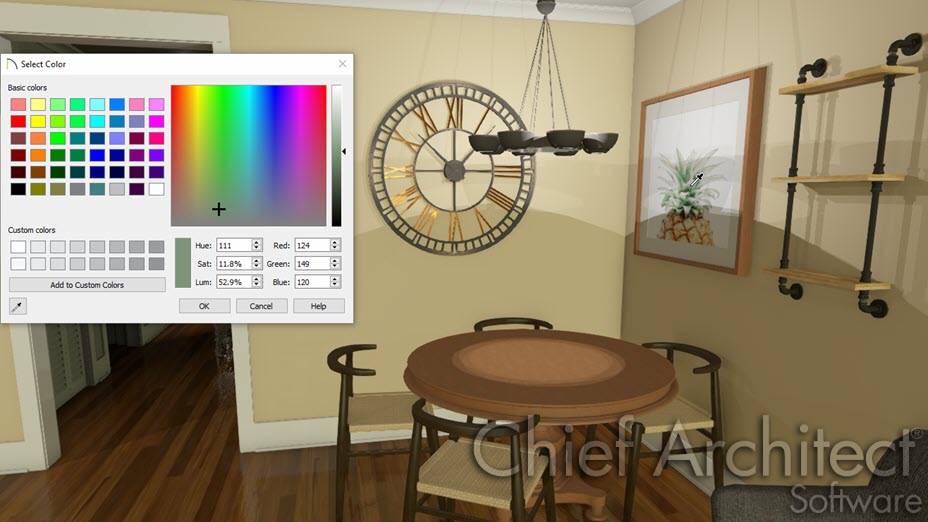
ANSWER
Incorporating colors from external files such as web pages and picture files can be easily accomplished using the Select Color dialog on a Windows computer or the Colors dialog on a Mac computer.
Begin by opening the Chief Architect plan you want to use the color you found in, and then open the source of the color you want to add such as a web page or a picture viewer program. Tile the two windows so that both can be seen on-screen at the same time.
To incorporate a custom color
- With the desired plan open, select View> Library Browser
 from the menu to open the Library Browser side window, then navigate to the User Catalog.
from the menu to open the Library Browser side window, then navigate to the User Catalog.
- Right-click on the User Catalog folder, select New> Folder, then name your new folder appropriately.
In this example, the folder is named Materials.
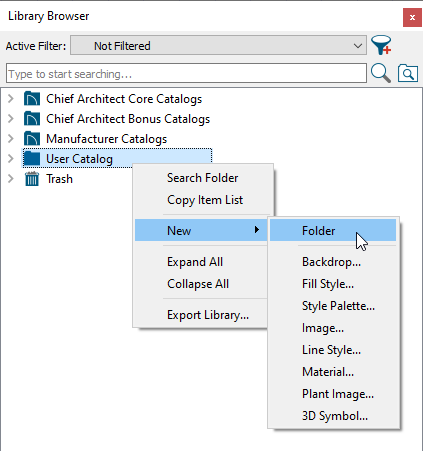
- Once the folder is created, right-click on it and select New> Material.
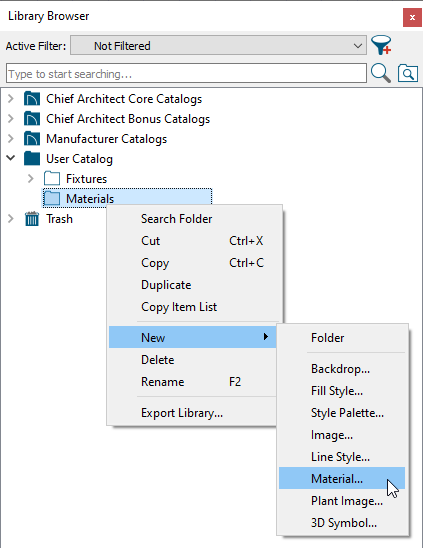
- On the Pattern panel of the Define Material dialog, enter a name for your material in the Material Name field at the top.
- Under the Colors heading, click on the color bar next to Material Color.
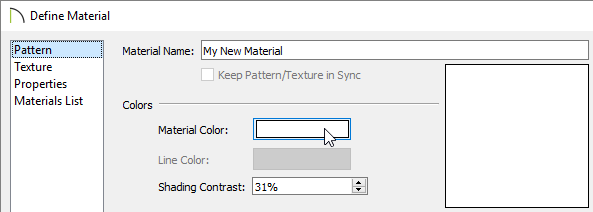
- On a Windows computer, the Select Color dialog will display. Click on the Eyedropper tool located in the bottom left corner.
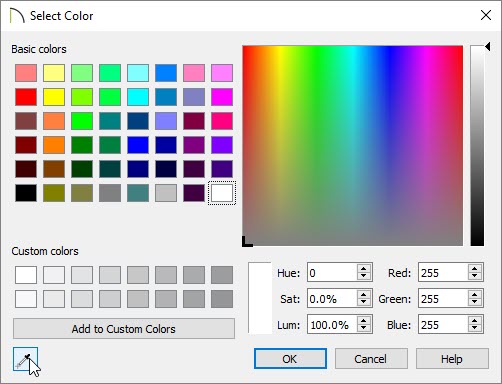
On a Mac, the Colors dialog will display. Click on the Eyedropper tool located at the bottom.
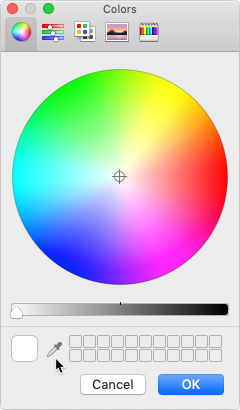
- Position the Eyedropper tool over any visible area of your computer screen, including digital photos and websites. As you drag the Eyedropper over a particular color on your screen, a preview of that color appears in the dialog.
In this example, the Eyedropper has been dragged to the pineapple painting on the wall and is picking up the color of the pineapples leaves.
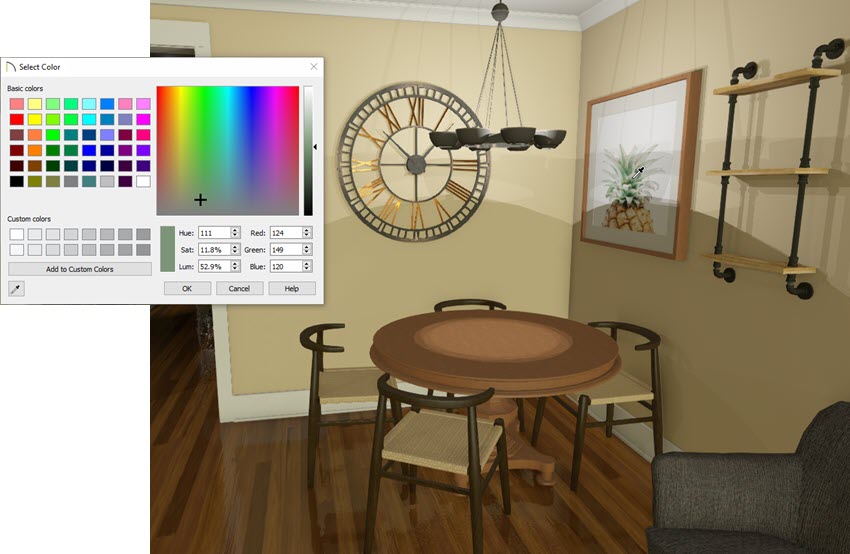
- When you have placed the eyedropper over the desired color, click once with your mouse and that color will be selected.
Custom colors can be added to the custom color palette located at the bottom of the Select Color or Colors dialog. On a Windows computer, once a color is chosen, select the Add to Custom Colors button. If you're on a Mac, select the color present in the larger box located in the bottom left corner and drag it to one of the empty smaller boxes.
- Click OK to close both dialogs and add the new color as a custom material to the Library Browser, where it can then be accessed from any Chief Architect plan file.
To apply the custom color to objects in your design
- Materials such as your new color are only visible in 3D views, so proceed to create a Camera
 view looking at the object you'd like to apply the custom color to.
view looking at the object you'd like to apply the custom color to.
- To apply your new material to an object in your design in a 3D view, navigate to 3D> Material Painter> Material Painter
 .
.
- In the Select Material dialog that opens, browse for and select the custom color that you created, then click OK to close the dialog.
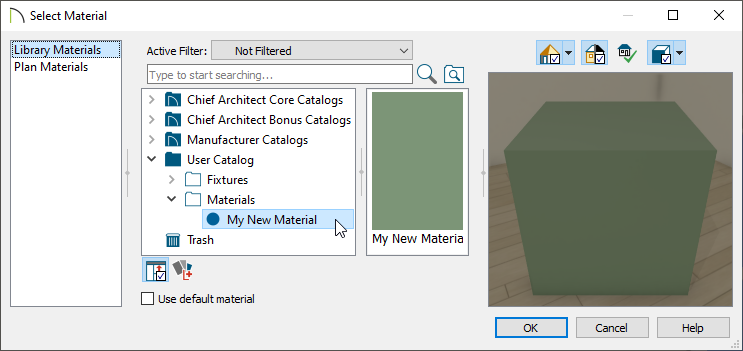
- Click on any object in the 3D view to apply the custom color to that object.








 .
. 